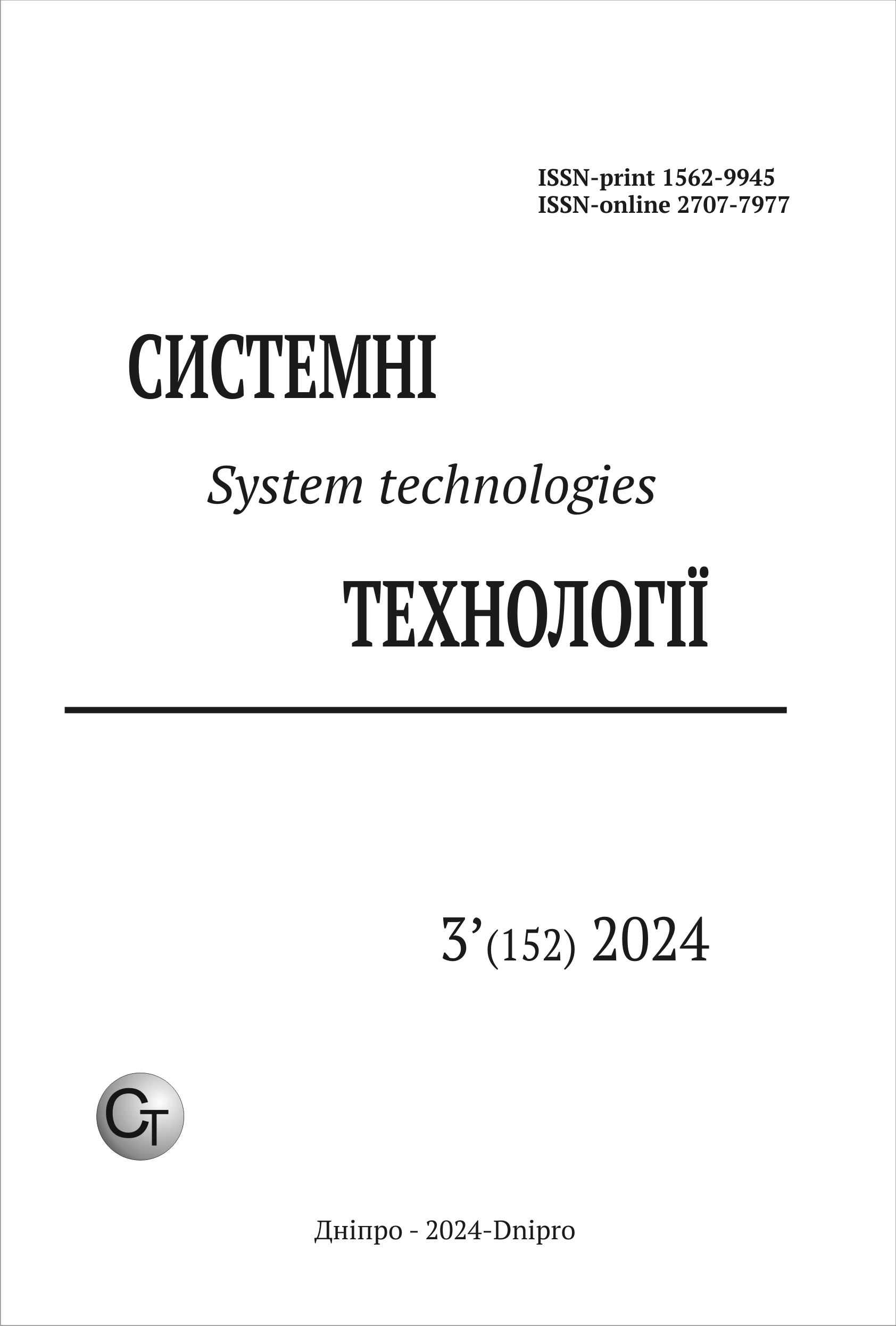КОМП’ЮТЕРНЕ МОДЕЛЮВАННЯ ТЕЧІЇ НАДЗВУКОВОГО ГАЗУ В КАНАЛАХ ЗМІННОГО ПЕРЕРІЗУ ЗАСОБАМИ OPENFOAM
DOI:
https://doi.org/10.34185/1562-9945-3-152-2024-15Ключові слова:
комп’ютерне моделювання, течія надзвукового газу, OpenFOAMАнотація
На сьогодні існує низка різних програмних комплексів, як пропрієтарних, так і з відкритим вихідним кодом. Одним з таких пакетів з відкритим вихідним кодом є OpenFOAM, який володіє широким спектром можливостей для розв'язання будь-яких завдань, від складних потоків рідини, включно з хімічними реакціями, турбулентністю і теплообміном, до акустики, механіки твердого тіла і електромагнетизму. В роботі розглядається задача комп’ютерного моделювання течії надзвукового газу в каналах змінного перерізу.
Посилання
Greenshields C.J. OpenFOAM User Guide – v.6 – OpenFOAM Foundation Ltd., 2018. – 237 с.
Wilcox D.C. Turbulence Modeling for CFD / D.C. Wilcox. – California: DCW Indus-tries, Inc. – 1993. – 460 p.
Menter F.R. Two-equation eddy-viscosity turbulence models for engineering ap-plications / F.R. Menter // AIAA Journal. – 1994. – V. 32, № 8. – P. 1598-1605.
F. Moukalled The Finite Volume Method in Computational Fluid Dynamics / F. Moukalled, L. Mangani, M. Darwish – Springer International Publishing Switzerland, 2016. – 791 p.
Hodunov S. K. Chyslennoe reshenye mnohomernыkh zadach hazovoi dynamyky / S. K. Hodunov, A. V. Zabrodyn, M. Ya. Yvanov – M.: Nauka 1976. – 400 s.
Завантаження
Опубліковано
Номер
Розділ
Ліцензія
Авторське право (c) 2024 Системні технології

Ця робота ліцензується відповідно до ліцензії Creative Commons Attribution 4.0 International License.















